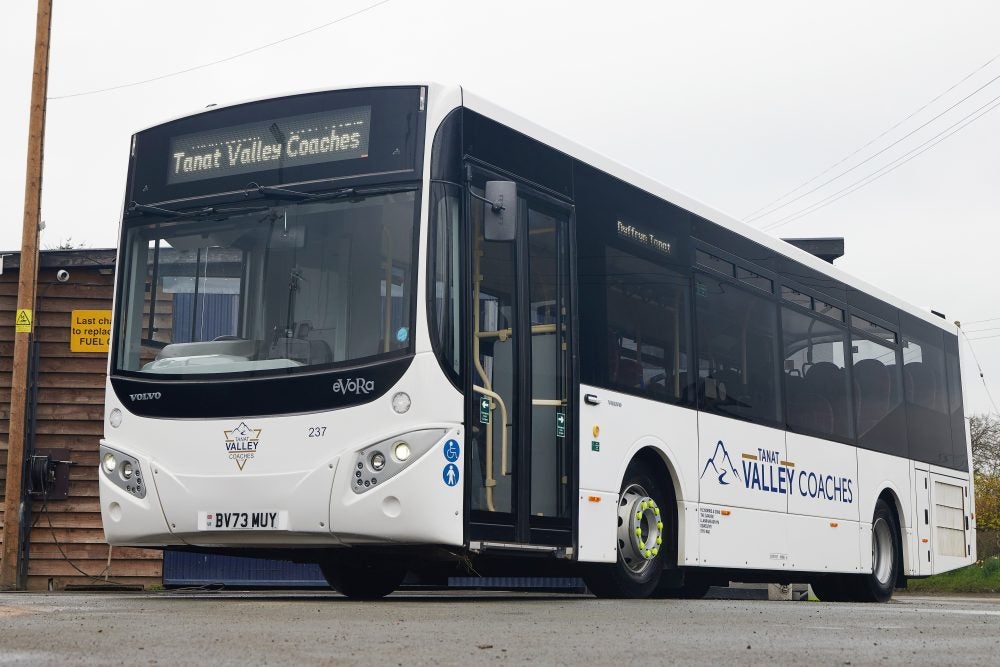Lenders should act to get some of this business back, argues
Ian Dewsnap
 Here
Here
is some interesting data worth sharing and debating. We recently
received results from a survey which, amongst other things, looked
at Not Taken Up rates and, in collating those, the partner-data of
applications accepted and booked and those rejected. We had
conducted the same research, with broadly the same group, in 2008
and the comparison is shown in the table.
The differential shown is for the group, but
the trend was valid for each company which was in both survey
groups.
The first thing that struck me is the level of
booked contracts as a percentage of those received (and therefore
upon which cost is incurred by the lender) is 20% lower than in the
2008 survey. So spreading the costs over the contract volume is a
changed equation.
If your processes are completely automated,
with little or no manual underwriting, then the cost is minimal. If
your processes incur manual effort, this has an impact in your cost
structure.
Secondly, there is proportionally more
business being rejected. We can only speculate about the cause, but
maybe it is a combination between present economics and tighter
underwriting.
How well do you really know your competitors?
Access the most comprehensive Company Profiles on the market, powered by GlobalData. Save hours of research. Gain competitive edge.

Thank you!
Your download email will arrive shortly
Not ready to buy yet? Download a free sample
We are confident about the unique quality of our Company Profiles. However, we want you to make the most beneficial decision for your business, so we offer a free sample that you can download by submitting the below form
By GlobalDataAlso possible is dealers submitting
applications to more lenders sequentially, contributing to the
rejections. But of more interest is the doubling of perfectly
acceptable business, where costs have been incurred to approve, but
no reward is ever forthcoming to cover the costs. Again, I really
cannot prove why this is, but what is certain is the potential to
get some of that business back.
Who wouldn’t and hasn’t been following up NTUs
for years? But with the gap apparently widening on perfectly
buyable business where costs are incurred with no return, is it not
time for some new thinking? For a few larger players, if the NTU
percentage numbers are the same, the amount of business in NTUs is
the size of a small finance company!
So maybe ask some questions:
– What is the trend/quality on NTU
applications within our organisation?
– What potential profits are to be had from a
modest reclaim of NTU business, say 15%?
– How could we do something ‘out of the box’
from what we already do, to incentivise that business to come to
us?
– How can we give objectives to the marketing
and field teams to work together and identify the best leverage for
their territory?
Certainly, the cost of getting some of this
business back will be lower than finding an equivalent volume of
new applications.
Ian Dewsnap is director of UK operations
at Benchmark Consulting International
i-dewsnap@benchmarkinternational.com







